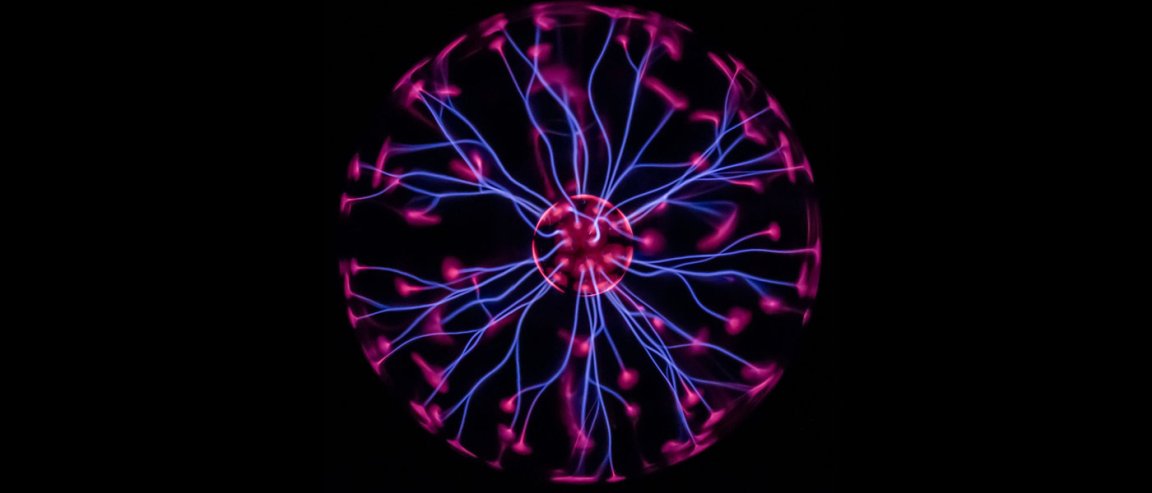
Plasma’s Many Forms and Uses
It is a bit ironic that plasma is the least known state of matter, when in fact it is the most abundant in the universe. It is found in our Sun and all other stars, lightning, in our TVs, fluorescent light, and neon signs, and (purportedly) even in our favorite fictional weapon in the Star Wars universe, the lightsaber.
Plasma can be classified according to the degree of ionization, temperature, etc, but whatever form it may take, plasma has been used in various fields, such as in spacecraft propulsion, agriculture, and quite recently, in medicine.
In a study recently published in Journal of Tissue Engineering and Regenerative Medicine, a team of scientists avers that cold plasma could help improve bone development.
Application of Cold Plasma in Bone Development
The lead author of the paper, Theresa Freeman, Ph.D., associate professor in the Department of Orthopedic Surgery in the Sidney Kimmel Medical College at Thomas Jefferson University, briefly discussed their research in a statement: “We’ve previously studied how different applications of cold plasma can either directly kill cells, such as in skin cancer, or help them grow, as in developing bones. In this study, we asked how cold plasma would affect the area surrounding cells, known as the extracellular matrix.”

The study shows that cold plasma can be modified to influence bone formation and chondrogenesis (process cartilage development) by chemically altering the matrix. The scientists were able to demonstrate this by experimenting on Matrigel — a commercially available extracellular matrix — which they treated with microsecond and nanosecond pulsed cold plasma at different frequencies.Their findings reveal that the matrix treated with microsecond pulsed cold plasma had a significant increase in bone growth, while the nanosecond pulsed treatments showed a significant decrease in bone formation.
The potential uses of plasma in the field of medicine is indeed promising. Dr. Freeman said: “As research into medical applications of cold plasma expands, it will be important to study various plasma types and conditions in tissue models, rather than isolated cells. Because cold plasma affects each cell type and matrix protein to produce variable physiological effects, it’s important to study not just how each cell behaves when exposed, but how they react together within the tissue and organismal environment.”